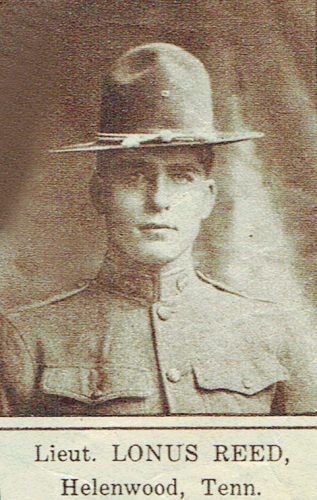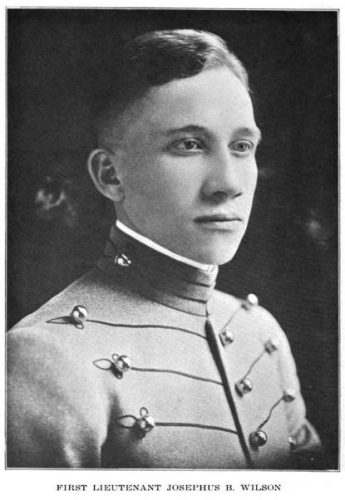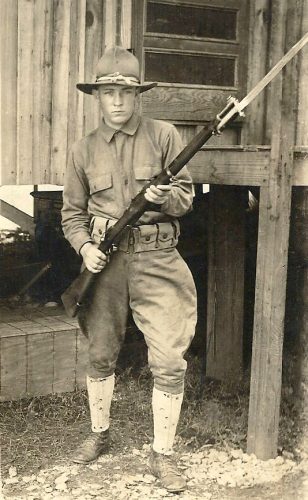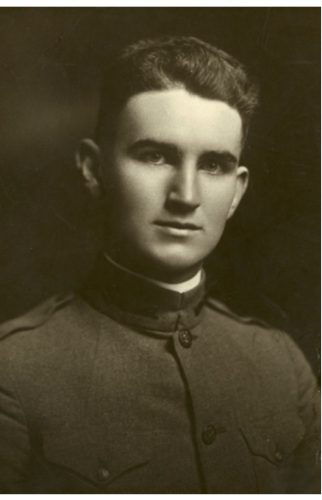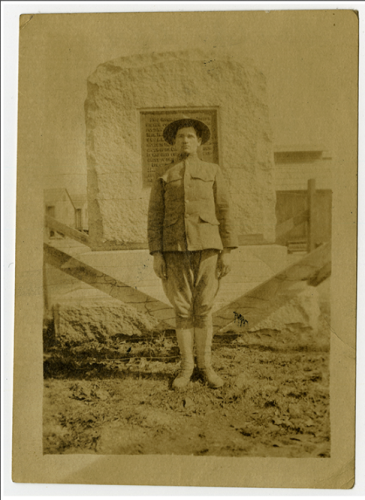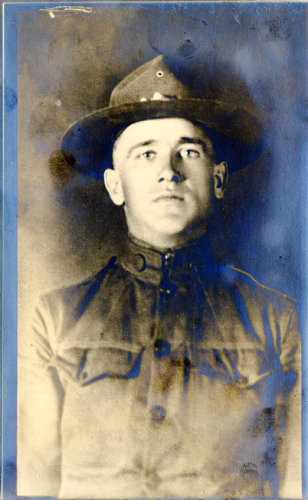The Battle of Argonne Forest was part of what became known as the Meuse-Argonne Offensive, the final battle of World War I. It was a massive attack along the whole line, with the immediate goal of reaching the railroad junction at Sedan. The US had over 1 million troops now available to fight. While the US troops were not battle tested, the introduction of over 1 million well-armed troops into a battle that had exhausted armies for four years would prove decisive.
Commanding US troops was General John J. “Black Jack” Pershing. Responsible for the logistics was Colonel George Marshall, who went on to become Army Chief of Staff in World War II. The American offensive began on September 26, 1918, north of Verdun. Like all World War I offensives, it began with a massive artillery attack. The American forces had mixed results in the first stage of the battle that lasted until October 3rd. German resistance was strong, but the sheer numbers of the Americans slowly forced the Germans back. Meanwhile the French and British troops to the North were having similar success with slow but steady advances. By the end of the second stage of the battle which lasted from October 6th to 26th the American forces had advanced over 10 miles and cleared the Argonne Forest.
In the final stage of the battle, which lasted until the Armistice of November 11, 1918, American forces advanced on Metz, while French forces conquered the goal of the campaign, Sedan. The Americans suffered 192,000 casualties in the battle including 26,277 killed. The French suffered 70,000 casualties, while the Germans had 126,000 casualties, among them 56,000 prisoners.
Tennessee’s National Guard contingents formed a substantial basis of the 30th (“Old Hickory”) Division which proved decisive along the vaunted Hindenburg Line and then later in the Meuse-Argonne offensive. East Tennesseans who died of disease or in combat during the conflict numbered a total of 1116 with Hamilton (149) and Knox (141) recording the most. Every one of the thirty-three counties lost someone.
Below are 11 who paid the price of their future lives fighting fiercely in defense of freedom for the Allies. They came from 11 counties of East Tennessee.


